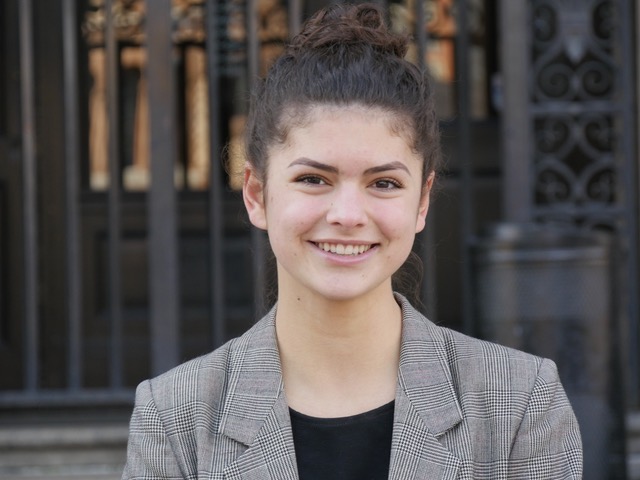
‘Proforestation’ can help manage carbon storage
| November 17, 2023
Environmental groups in New Jersey are turning to proforestation as a way to decrease harmful carbon emissions and blunt the effects of climate change.
“Proforestation is the proper direction for forestry in New Jersey at this time,” said Leslie Sauer, a founder of Andropogon Associates, which is focused on the restoration and protection of native landscapes, such as forests.
Proforestation happens when existing natural forests are protected so they can continue to grow, store carbon with minimal human intervention and reduce the amount of carbon in the atmosphere.
Driving and manufacturing consumer products, which use a great deal of fossil fuel energy, are just two examples of human activities that have contributed to a 50 percent increase in carbon emissions in less than 200 years. Carbon emissions are unhealthy because they warm the planet and contribute to climate change.
Older forests and trees can sequester much more carbon than a young tree or sapling.
“We’ve had a tremendous increase of taking carbon out of the air because our forests have been growing dramatically in the last 60 years,” Sauer said at a Nov. 8 meeting of the New Jersey chapter of the Sierra Club.
Forests in New Jersey have remained stable in size because most of the growth in population tends to be concentrated in areas closer to New York City.
Still, farmlands are now less than half of what they were in 1956, which amounts to a loss of about a million acres.
Although a lot of farmland has been developed, much of it was abandoned and then reverted into forestland through natural regeneration, Sauer said.
One way that forests can be saved is to protect the carbon sequestration that already happens in trees.
Through photosynthesis, plants absorb carbon dioxide from the atmosphere. This is then stored in the plants themselves and in the surrounding soil.
When a tree is cut, it loses its ability to sequester carbon, and the carbon that has been stored in the tree is then released into the atmosphere. Soil continues to lose carbon over the years as well. This is because the trees are being cut and the soil releases carbon due to thawing permafrost, deforestation and erosion.
Another concept that Sauer described was “rewilding,” which she described as “reintroducing animal species that are engines for carbon storage.”
Examples of species being reintroduced include beavers, whales, marine fish, otters, and gray wolves. Wolves are a typical example of rewilding because they lead to a reduction in deer grazing in forests. This, in turn, allows trees to grow larger and ultimately sequester more carbon.
The forests of New Jersey sequester a lot of carbon but so does its soil.
Biochar and hydrochar are “soil amendments” that environmental activists believe will improve the carbon sequestering within the ground.
Biochar, which is rich in carbon, is made from organic waste that is heated with a small amount of oxygen and the common result is charcoal. Hydrochar results from hydrothermal carbonization (HTC), producing a similar product but using steam as the heat source.
Both of these products allow native soil to absorb carbon much more efficiently. These are both human interventions, or human processes, that take carbon out of the air and allow it to be absorbed by soil and trees.
A problem is that the top priorities of the New Jersey Forest Services do not include carbon storage, biodiversity or even climate change, Sauer said. This means that word must be spread to individuals to take action with groups like the Sierra Club, she said.







